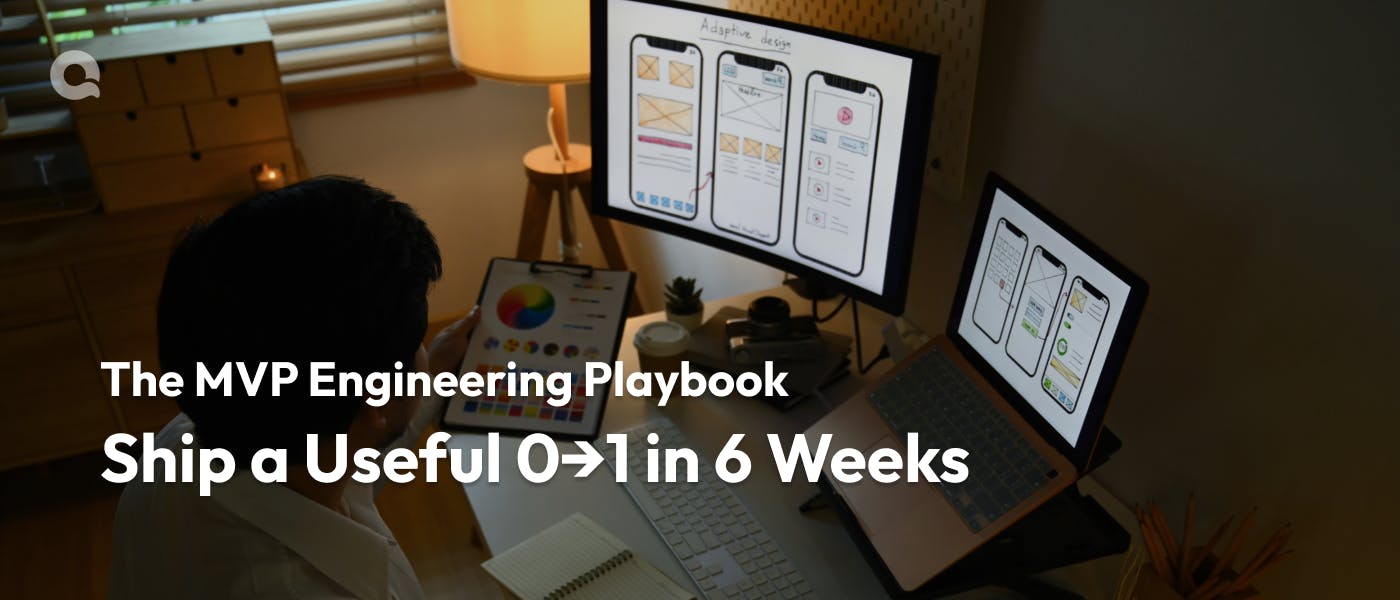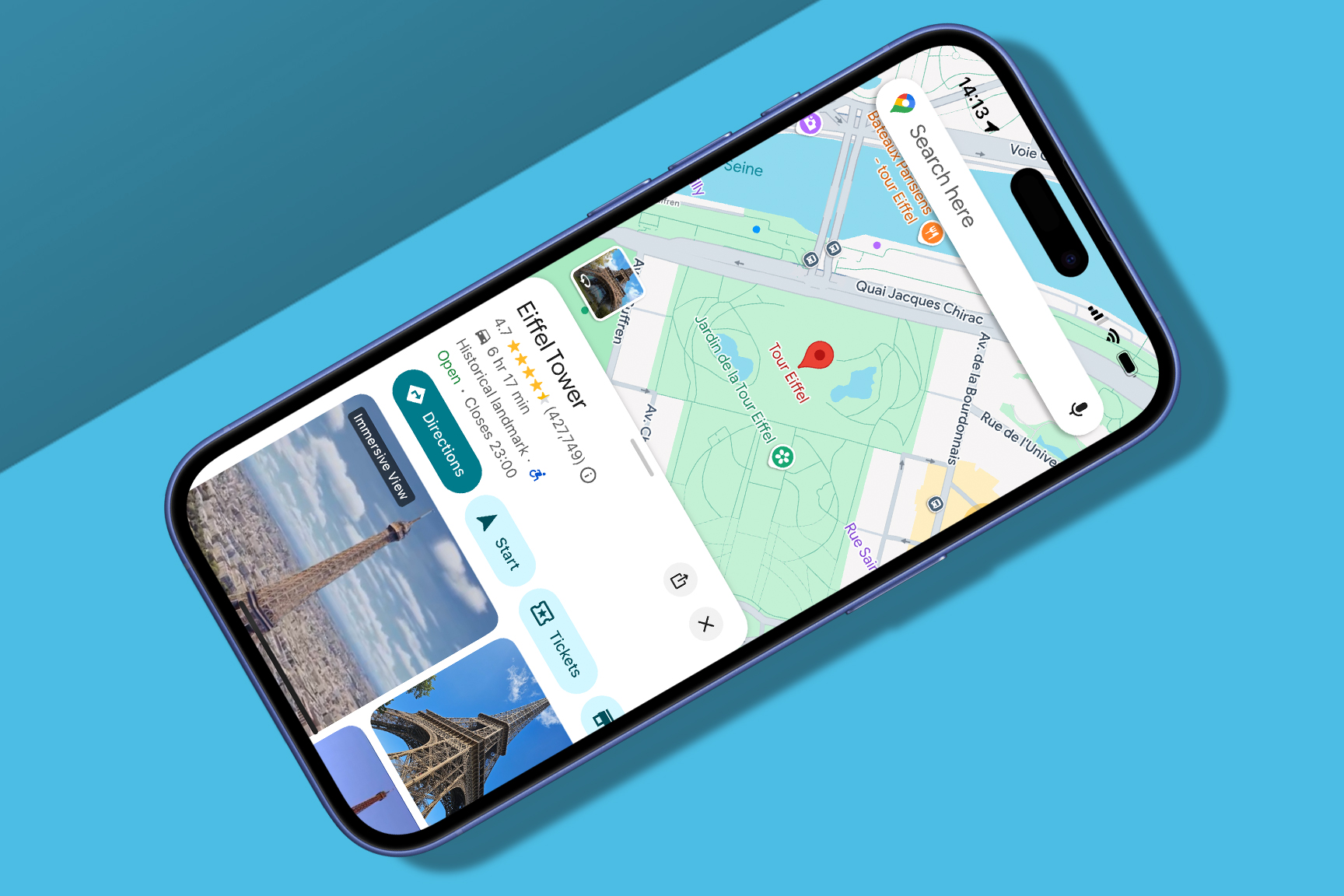A practical scope, sprint, and CI/CD blueprint any small team can copy.
Why another MVP guide?
Most MVPs fail from scope creep, fragile infrastructure, or slow feedback loops—not from lack of ideas. This guide focuses on a minimal but reliable path to get real users touching a real product quickly, with just enough quality gates to avoid rewrites.
Week 0: Define “done” and remove uncertainty
- Problem statement in one sentence
- Three primary use cases
- One success metric (e.g., first task completion or first payment)
- Non‑negotiables: auth, audit logs, basic observability, backups
- Nice‑to‑haves explicitly parked
Artifacts: a one‑page PRD and a simple system sketch (client → API → DB → third‑party).
Weeks 1–2: Ship a running skeleton
- Repos: monorepo or two (web/mobile + API)
- Choose boring, proven stack (e.g., Next.js/React + Node/Laravel + Postgres)
- Implement: auth, roles, seed data, feature flags, error tracking, health checks
- Deploy to staging by day 3
Quality gates: lint, unit tests for core domains, pre‑commit hooks, CI under 10 minutes.
# .github/workflows/ci.yml (example)
name: CI
on: [push, pull_request]
jobs:
build_test:
runs-on: ubuntu-latest
steps:
- uses: actions/checkout@v4
- uses: actions/setup-node@v4
with: { node-version: '20' }
- run: npm ci
- run: npm run lint && npm test -- --ci
Weeks 3–4: Deliver thin vertical slices
Ship features as user‑visible slices, not layers.
Slice template
- Small spec (Given/When/Then)
- API contract + happy‑path test
- UI with states: empty, loading, error, success
- Telemetry: event
feature_used - Docs: 5 lines in CHANGELOG + a short GIF for QA
Weeks 5–6: Stabilize and prove value
- Add acceptance tests for the top flows
- Load test the slowest endpoint (target p95 < 500 ms)
- Backup + restore rehearsal
- Observability dashboard: errors, latency, signups, first‑success rate
- Release notes → pilot users
The MVP baseline checklist
- Authentication with rate limiting and secure password storage
- Authorization (least privilege)
- Input validation and request size limits
- Centralized logging + error alerts
- Daily backups + restore tested
- Feature flags for risky changes
- Basic privacy page + terms; collect minimal PII
Estimation that doesn’t lie
Estimate only the next two weeks. Use t‑shirt sizing for backlog and convert S/M/L to hours after splitting stories. Track only completed story points to set the next sprint’s capacity.
A note on architecture
Prefer simple: a single Postgres, a single API service, a single web app. Add queues or microservices only for real bottlenecks. Complexity taxes you every day.
Example backlog (first 6 weeks)
- Sign‑up/sign‑in, email verify, password reset
- Org + roles (owner, user)
- Core object CRUD + search
- Import CSV (happy path)
- Event tracking + simple dashboard
- Stripe test payments (if relevant)
- Admin toggles via feature flags
- Docs: getting started + FAQ
What to measure (and why)
- Activation: % of signups completing first core task
- Latency p95: user‑perceived speed
- Error rate: alerts per 1k requests
- Retention (week‑over‑week): are users coming back?
Releasing without fear
- Every PR passes CI
- Staging auto‑deploys on merge; production behind a manual approval and feature flag
- Rollback plan = previous container tag + DB migration down steps
- Post‑release audit: top errors, time‑to‑fix, next mitigation
Common traps (and exits)
- Endless polishing: fix a time box; ship to 5 real users
- Framework shopping: pick one you already know
- Premature scaling: more instances don’t cure poor queries—profile first
- Analytics soup: track 3 events tied to your success metric; nothing more
Resources to copy
- OWASP ASVS (baseline security)
- Twelve‑Factor App (ops sanity)
- GitHub Actions marketplace test/lint actions












